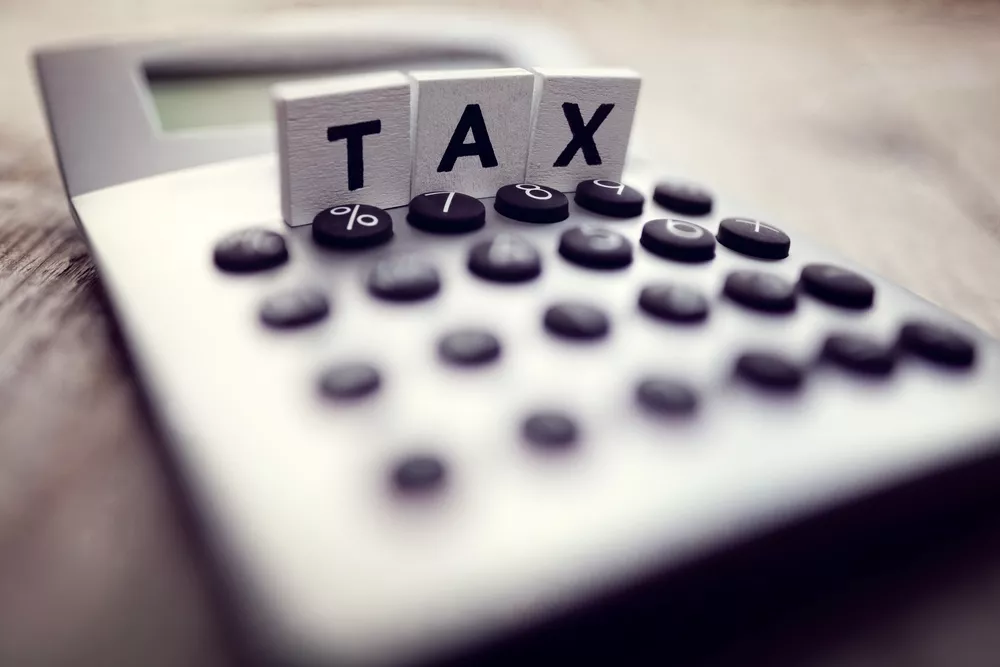It can be really frustrating when you’re expecting a tax refund and it doesn’t arrive. There are a few things you can do to try and track it down.
First, check the status of your refund on the IRS website. You’ll need to enter your Social Security number, filing status, and the exact amount of your refund.
If the website says your refund has been sent, but you haven’t received it, it’s possible that it was sent to the wrong bank account. If you have your tax return direct deposited, check with your bank to see if the deposit was made.
If you think your refund was sent to the wrong account, you’ll need to fill out and mail in a Form 3911, Taxpayer Statement Regarding Refund.
If you haven’t received your refund and the IRS website says it was sent more than four weeks ago, you can give them a call at 1-800-829-1040. You’ll need to have your Social Security number, filing status, and the exact amount of your refund handy when you call.
The IRS also has an online tool called “Where’s My Refund?” that you can use to check on the status of your refund.
If you are expecting a tax refund and haven’t received it, there are a few things you can do.
First, check the status of your refund on the IRS website. You will need to provide your Social Security number, filing status, and the exact amount of your refund.
If the website says your refund has been sent, but you haven’t received it, it is possible that it was sent to the wrong account. If you have moved recently, the IRS may have sent your refund to your old address. You can update your address with the IRS online, by phone, or by mail.
If the website says your refund has been processed, but you still haven’t received it, it is possible that your bank has not yet deposited the refund into your account. You should contact your bank to ask about the status of the refund.
If you have not received your refund and it has been more than 21 days since the IRS processed your return, you can contact the IRS to ask about the status of your refund. You can reach the IRS by phone at 1-800-829-1040.


